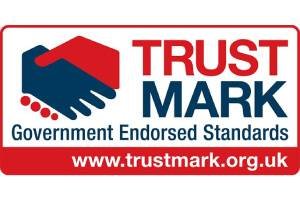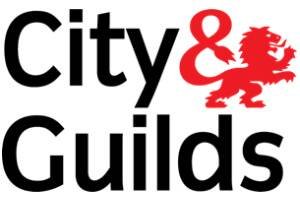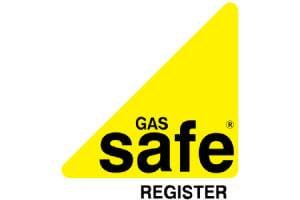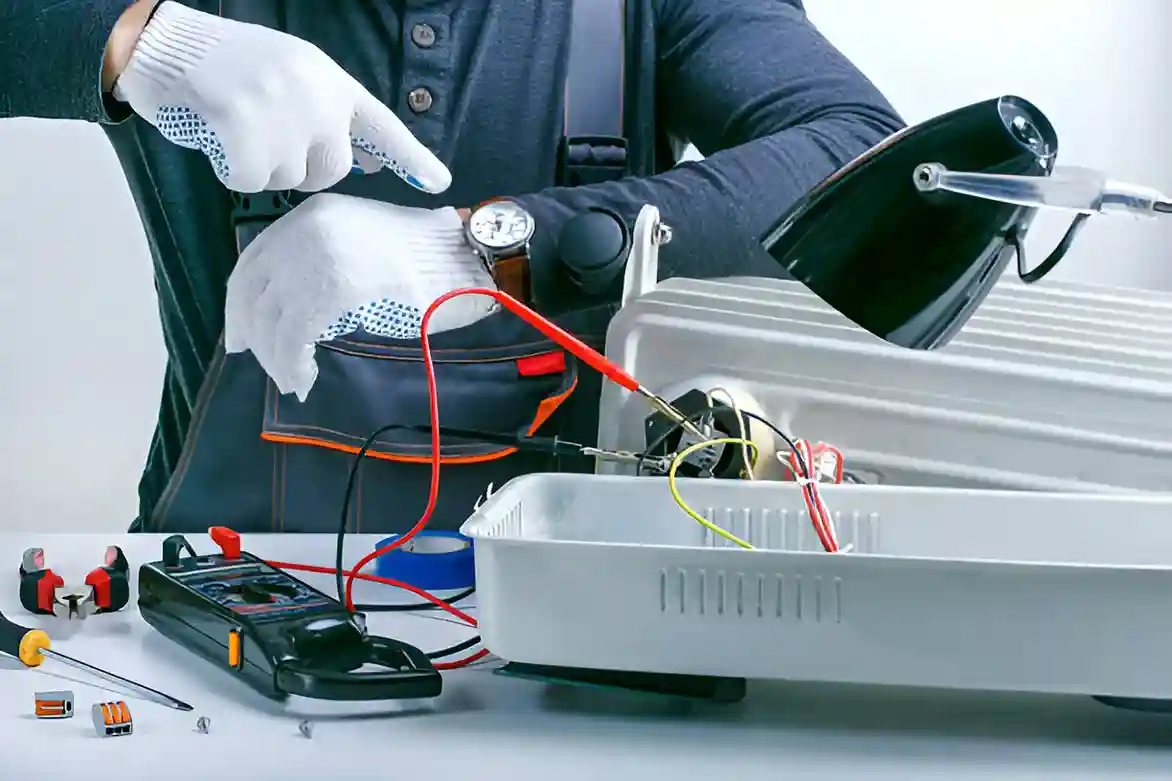
EICR requirements play a fundamental role in ensuring electrical safety across various properties in the UK. Landlords, homeowners, and businesses face specific legal obligations that demand compliance with established safety standards. Understanding these requirements is essential not only for regulatory adherence but also for protecting tenants and investments. As the landscape of electrical safety evolves, the implications of EICR compliance become increasingly significant. What steps must property owners take to stay ahead?
Key Takeaways
- Landlords are legally required to obtain EICR for rental properties to ensure tenant safety and compliance with the Housing Act 2004.
- Regular EICR inspections are mandated every five years to discover dangers and maintain safe electrical installations.
- Compliance with the Electricity at Work Regulations 1989 is essential for businesses to ensure employee and public safety in commercial properties.
- Neglecting an EICR inspection may result in enforcement action, fines, and rising maintenance costs from untreated electrical dangers.
What an EICR Really Means for Property Owners
When property owners consider the implications of an Electrical Installation Condition Report (EICR), they often realise its significance extends beyond mere compliance with regulations. An EICR serves as an essential assessment of electrical safety within a property, analysing risks that could compromise both personal safety and property integrity.
Understanding this report empowers owners to make informed decisions about maintenance and upgrades, promoting an environment where freedom from electrical risks is prioritised.
Moreover, an EICR can enhance property value and appeal to prospective tenants or buyers, as it signals a commitment to safety and responsible ownership. By addressing any issues highlighted in the report, property owners not only protect their investment but also cultivate a sense of security for all who inhabit the space.
Ultimately, embracing the insights offered by an EICR allows property owners to fulfil their responsibilities with confidence, ensuring a safe and liberated living experience for everyone involved.
Who Must Comply with EICR Rules in the UK?
Every landlord is required to provide an EICR for their rental accommodation, ensuring compliance and tenant protection.
Homeowners, while not legally obligated, are strongly encouraged to have an EICR conducted for their own safety and peace of mind.
Additionally, businesses and organisations that operate within commercial premises must arrange for an EICR to comply with safety standards.
Moreover, any property undergoing significant renovations or changes in electrical installations should also have an EICR carried out to verify that all electrical systems are safe and up to code.
Ultimately, while the legal requirement primarily targets landlords and businesses, individuals seeking to maintain a secure living or working environment would benefit from obtaining an EICR, promoting safety and freedom from electrical dangers.
Legal Duties and Regulations Surrounding EICRs
Though primarily aimed at landlords and commercial property owners, the legal duties and regulations surrounding Electrical Installation Condition Reports (EICRs) encompass a broader spectrum of responsibilities.
These regulations guarantee the safety and functionality of electrical systems across various properties, promoting a secure environment for tenants and visitors alike.
In the UK, the Electricity at Work Regulations 1989 mandate that electrical installations are maintained in a safe condition. This includes conducting regular EICRs to expose electrical threats.
Additionally, the Housing Act 2004 requires that rented properties meet specific safety standards, further emphasising the necessity of EICRs.
Property owners must remain vigilant and, in fulfilling these obligations, ensure not only compliance with the law but also the safety and well-being of those who inhabit their spaces.
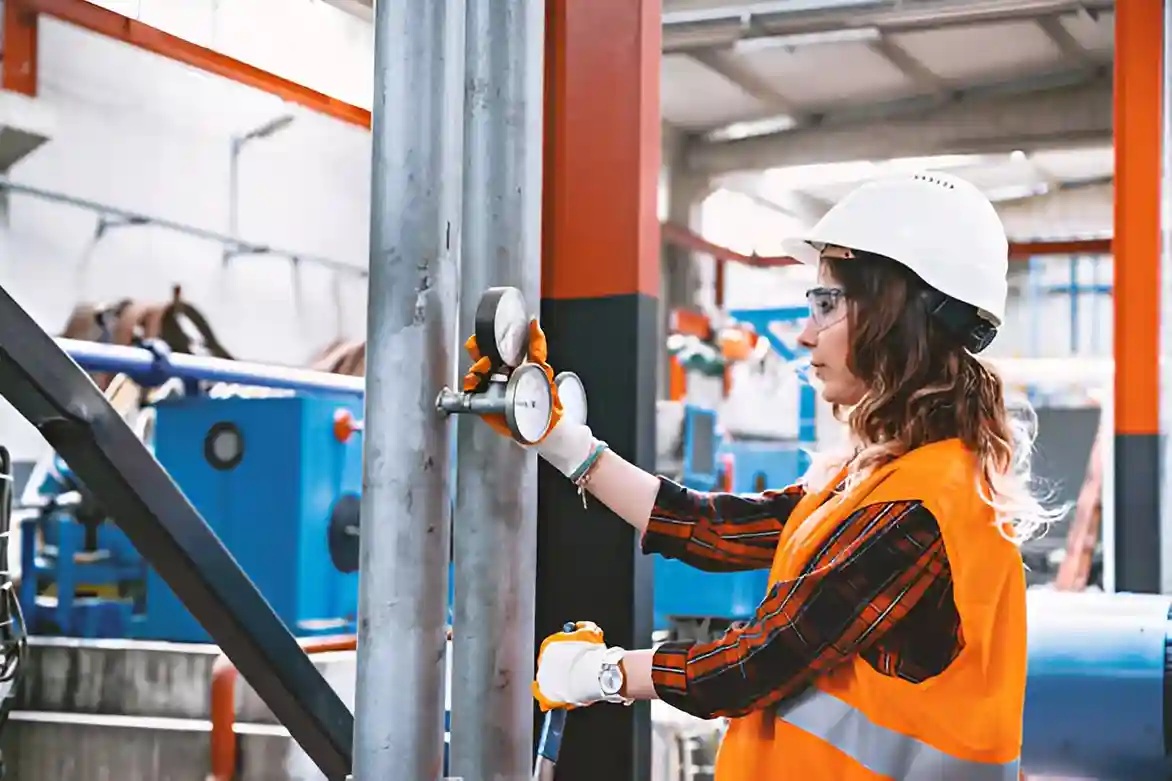
What Are EICR Requirements and Why Do They Matter?
EICR requirements serve as an integral framework for guaranteeing the safety and integrity of electrical installations in various properties. These requirements mandate regular inspections and assessments of electrical systems to recognise possible threats and guarantee compliance with safety standards.
EICR standards act as a safety framework, protecting property and individuals while reassuring those who live or work within the building.
Failure to adhere to these regulations can lead to severe consequences, including legal repercussions and increased risks of electrical fires or malfunctions. Additionally, EICR requirements promote accountability among landlords and property owners, encouraging them to maintain safe living conditions.
In an environment where freedom and autonomy are valued, understanding these requirements empowers individuals to make informed decisions regarding their electrical safety. Ultimately, EICR requirements not only protect physical spaces but also enhance the overall well-being of those who inhabit them.
Who Must Follow EICR Requirements in the UK?
In the UK, various individuals and organisations are obligated to adhere to EICR requirements to guarantee electrical safety. The following table highlights the key parties responsible for following EICR requirements:
| Individuals/Organisations | Responsibilities |
|---|---|
| Landlords | Ensure safety in rental properties. |
| Businesses | Maintain safe work environments. |
| Homeowners | Safeguard personal residences |
| Local Authorities | Enforce regulations and standards. |
| Electrical Contractors | Conduct inspections and issue reports. |
By understanding their Conduct inspections and issue reports.responsibilities, they contribute to a more secure environment for everyone, empowering individuals to take action towards electrical safety and compliance.
Legal EICR Requirements for Landlords and Businesses
Compliance with legal EICR requirements is primary for landlords and businesses to guarantee the safety of their electrical installations. In the UK, landlords are obligated to conduct Electrical Installation Condition Reports (EICRs) at least every five years, ensuring that their properties meet safety standards.
This obligation extends to new tenancies or when a significant change in the electrical system occurs. For businesses, the requirements may vary but often align with the same rigorous standards, emphasising the need for regular inspections and timely reporting of any identified issues.
Failure to comply can lead to legal repercussions, including fines or, in severe cases, prosecution. Additionally, non-compliance poses risks not only to the property’s integrity but also to the safety of tenants and employees.
Ultimately, adhering to these requirements empowers landlords and businesses to encourage safe environments while enjoying the freedom and peace of mind that comes from knowing their electrical systems are secure.
EICR Requirements for Commercial Properties and Workplaces
Businesses must prioritise EICR compliance to keep their properties safe, legally sound, and fully operational. These regulations serve to protect employees, clients, and the public by guaranteeing that electrical systems are safe and compliant with established standards.
Regular inspections and testing of electrical installations are necessary to spot unsecure conditions, thereby mitigating risks associated with faulty wiring or equipment.
Commercial entities must guarantee that EICR assessments are conducted by qualified professionals, who will evaluate the integrity of the electrical systems and issue a report detailing any deficiencies.
Compliance with EICR requirements not only safeguards the well-being of those within the property but also aligns with legal obligations, helping businesses avoid penalties or liability issues.
Ultimately, understanding and implementing EICR requirements is a fundamental aspect of responsible property management, fostering an environment where freedom and safety coexist harmoniously.
EICR Requirements Explained: Testing and Inspection Process
The testing and inspection process for Electrical Installation Condition Reports (EICR) is essential for ensuring electrical safety in any property. This process involves a thorough examination of the electrical installations, verifying unsafe situations that could pose a risk to occupants.
Qualified professionals conduct visual inspections, test circuits, and evaluate the overall condition of wiring and equipment. During the inspection, they check for compliance with safety standards and regulations, ensuring that all components function correctly and safely.
Any deficiencies or issues found during this process are documented, providing a clear picture of the electrical system’s health.
The frequency of these inspections can vary, but they are generally recommended every five years for residential properties and more frequently for commercial settings. This proactive approach empowers property owners to maintain a safe environment, promoting freedom from potential electrical dangers and fostering peace of mind.
Understanding EICR Codes and Compliance
Understanding EICR codes and compliance is essential for property owners seeking to guarantee the safety and functionality of their electrical systems. EICR, or Electrical Installation Condition Report, uses specific codes to categorise the condition of electrical installations, ensuring that they meet safety standards.
The following table summarises key EICR codes and their implications:
| EICR Code | Description |
|---|---|
| C1 | Immediate danger; urgent action needed |
| C2 | Potentially dangerous; requires attention. |
| C3 | Improvement recommended; not urgent |
| FI | Further investigation needed |
By actively engaging with EICR codes, owners can maintain their electrical systems effectively, promoting a secure environment free from electrical dangers.
Cost Considerations for Meeting EICR Requirements
Meeting EICR requirements involves various cost considerations that property owners must navigate to guarantee compliance and safety. These professionals assess the electrical systems, identify any deficiencies, and provide recommendations for necessary upgrades or repairs. Costs can vary considerably based on property size, age, and existing condition.
In addition to inspection fees, property owners should also budget for potential repairs, which can range from minor adjustments to major overhauls. Moreover, ongoing maintenance to uphold EICR standards adds to the overall financial commitment.
Investing in compliance not only minimises the risk of penalties but also enhances the property’s safety and value. Thus, while these costs may seem burdensome initially, they represent an essential step toward ensuring a secure and compliant environment for tenants and owners alike.
Risks of Ignoring EICR Requirements and Safety Standards
Ignoring EICR requirements and safety standards can lead to significant risks for both property owners and tenants. Non-compliance can result in serious electrical threats, such as fires or electrocutions, endangering lives and property.
In addition, landlords may face legal repercussions, including hefty fines or civil lawsuits, if their properties do not meet safety regulations.
Additionally, tenants may experience anxiety or fear living in unsafe conditions, which can diminish their quality of life. The absence of regular inspections can also lead to unaddressed issues, escalating repair costs over time.
Ultimately, neglecting EICR standards undermines the fundamental right to safe living conditions, exposing all parties to unnecessary risks. When safety standards are followed, they offer both protection and a sense of confidence for everyone affected.

How to Stay Compliant with EICR Requirements in 2025
Ensuring compliance with EICR requirements in 2025 demands proactive measures from property owners and landlords. Staying ahead of legislative changes and safety standards is essential for protecting tenants and ensuring the freedom to manage properties without legal encumbrances.
Here are some essential steps property owners can follow to maintain compliance.
| Action Item | Frequency | Responsible Party |
|---|---|---|
| Conduct EICR Tests | Every 5 Years | Property Owner |
| Update Wiring | As Needed | Qualified Electrician |
| Tenant Communication | Ongoing | Property Manager |
| Review Regulations | Annually | Compliance Officer |
Frequently asked questions.
Conclusion
In summary, understanding and adhering to EICR requirements is vital for property owners to guarantee electrical safety and compliance with legal obligations. Regular inspections not only protect tenants and enhance property value but also minimise the risk of legal repercussions. As regulations evolve, staying informed about EICR standards will be necessary for landlords and businesses alike, assuring a safe living environment while fulfilling their responsibilities under the Electricity at Work Regulations and the Housing Act.


